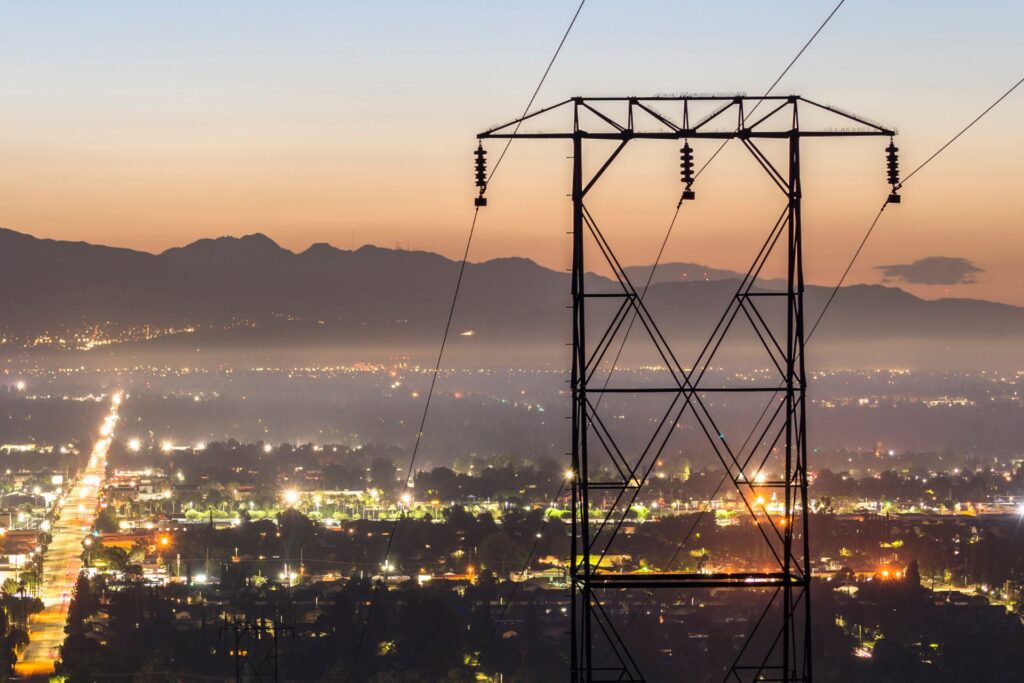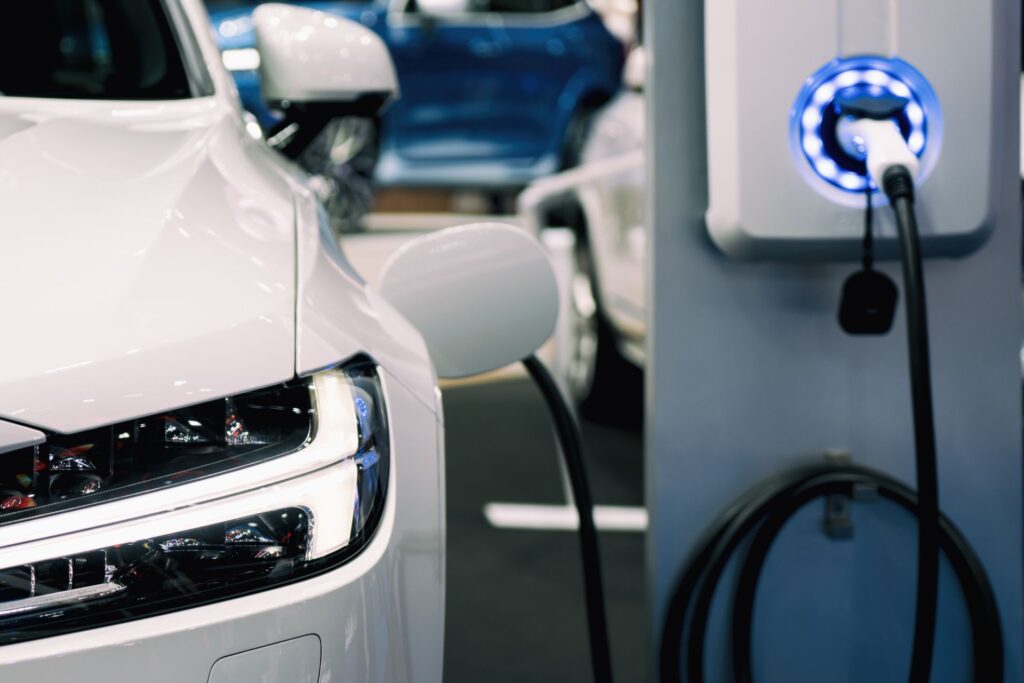
Video
Fossil Fuel Pollution Costs More Than Clean Energy
Falling clean energy costs mean governments can increase policy ambition.
Policy Solutions
We focus on the nations and economic sectors that emit the most climate pollution to identify climate policies with the most impact. Learn more about our Energy Policy Modeling.




